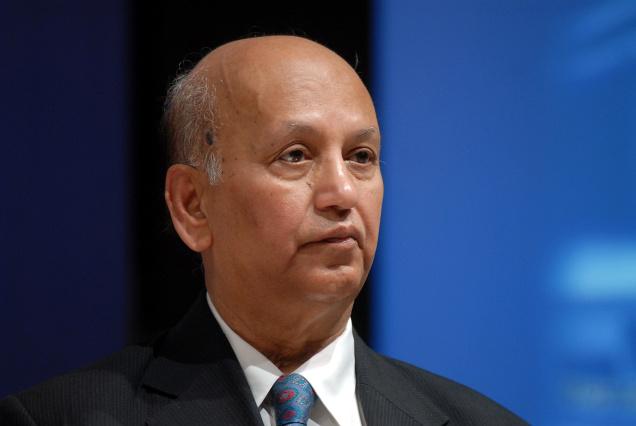BANGALORE, December 18: Ahead of the sixth annual science and technology conference in Bangalore this week, U.R. Rao, space scientist and chairperson of the Karnataka Science and Technology Academy (KSTA), which has organised the meet jointly with Christ University, has said the country needs application-oriented research to stoke innovation and home-grown technologies.
The other missing links to technology development are funds, industry-research linkages and an education system that inspires the next generation, Dr. Rao, who headed the Department of Space and ISRO during 1984-94 and currently chairs the governing council of ISRO’s Physical Research Laboratory, said in a conversation with The Hindu.
Dr. Rao is the first and only Indian to be inducted into the Satellite Hall of Fame in March this year.
An appropriate science education policy should be put in place to fire up the younger generation. Science events, such as the conference being organised by the KSTA, was a small step to reach out to them. “I hope to hear a lot of good stuff there and young people will gain something from the conference,” Dr. Rao said.
‘Double funds’
Funds for science and technology, he said, should be doubled and a large amount of it spent on applications. “A lot of work is being done [in Indian labs], but hardly anything on applications. Applications have never been given the kind of prominence [like] in the U.S., for example. That does not mean pure sciences should not be done. Everything is possible with the right planning and focus,” he said.
For one, a large number of Council of Scientific and Industrial Research (CSIR) labs, he said, should have been oriented early on towards applications as the Chinese have done.
He said that there were lessons to be learnt from the U.S. education system and the pace of the Chinese innovation model. Dr. Rao lamented that even after over 60 years, India, which is now pursued as a lucrative market by global aircraft makers, is yet to produce its own aircraft. Even currency paper and printing machines were imported at enormous cost, a situation he had tried to correct during his stint as director on the RBI Board a few years ago. The Department of Space, he recalled, achieved some success with indigenous technologies and gained from the embargoes placed by the West in the 1980s and the nineties.
“There were many machines that we needed but couldn’t buy because of various embargoes. We went to HMT, HAL, L&T, Walchandnagar and so on and said ‘we want you to do this, it doesn’t matter if it fails at first’.” Those linkages and investments made in the early years have borne fruit as the special (maraging) steel is used in the PSLV rockets and some satellite hardware. “If we can send a Mars mission at a low cost, surely we have the capability. Why is it we are not doing it? If we don’t do it, how are we going to compete in the world,” Dr. Rao asked.

